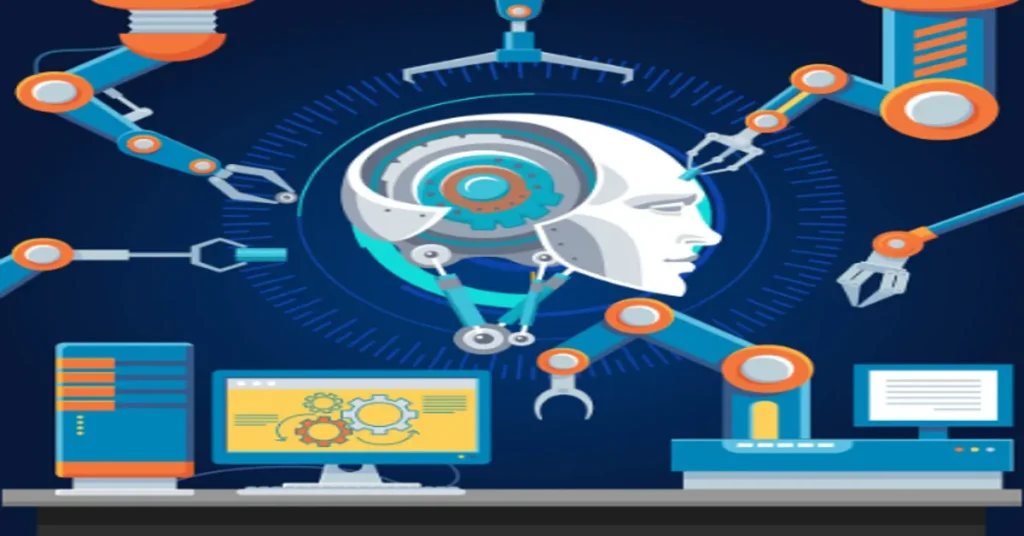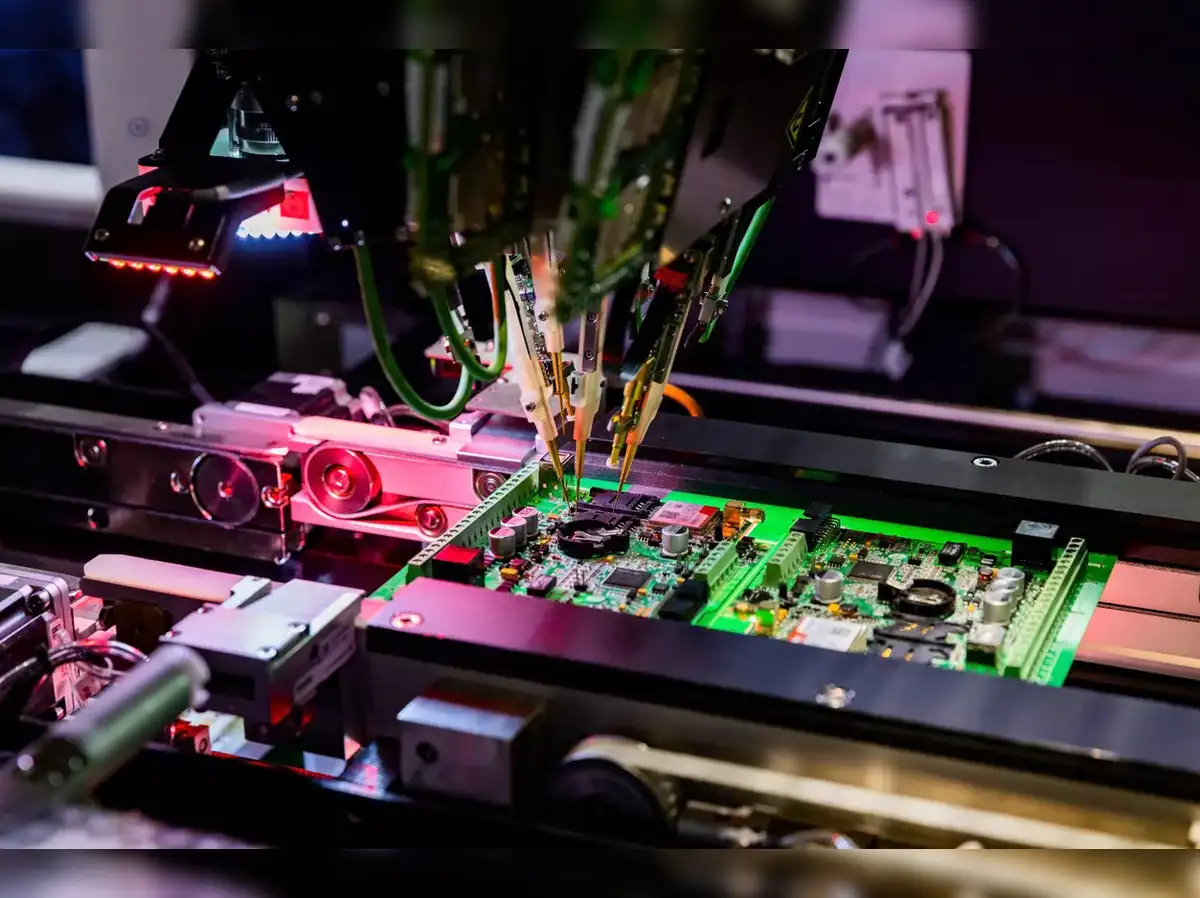In a world overrun with visible frameworks, bold platforms, and loud solutions, the concept of Ecmiss stands apart. Not because it lacks utility, but because it thrives quietly beneath the surface impactful yet invisible. Ecmiss is not a product, brand, or single piece of code. It is a deeply embedded protocol a cognitive and systemic blueprint for how information, architecture, and communication work in tandem without demanding attention. In short, Ecmiss is what makes things work well without ever announcing itself.As digital and physical systems grow more complex, understanding Ecmiss becomes vital not just for designers and engineers, but for anyone navigating today’s interconnected world.
Defining Ecmiss: Not a Tool, but a Tactic
At its core, Ecmiss is not something you install. It is something you integrate.
The term emerged from linguistic compression Efficient Cognitive Management in Silent Systems and became an acronym shorthand for a philosophy that values non-disruptive, fluid interoperability between human-centered design and machine execution.
In practice, Ecmiss defines a set of silent operational rules applied across domains like:
- System design
- Architecture
- Urban technology
- Human-computer interaction
- Data logistics
Rather than adding layers of visibility, Ecmiss subtracts distractions. Its signature move is doing more with less, and doing so without fanfare.
Why Ecmiss Matters in 2025
We live in a time of noisy systems. Alerts, pings, flashing icons, overloaded dashboards. Everyone competes for our attention.
Ecmiss cuts through that by choosing not to compete. It assumes the user is busy and instead focuses on:
- Timely delivery of need-based responses
- Background processing with zero interruption
- Context-aware adaptation
It’s what you feel when your interface updates without needing a tutorial. When your city’s crosswalk sensors adjust to foot traffic invisibly. When your file system remembers your preference without asking.In this way, Ecmiss aligns with new human needs: calm, efficiency, and adaptive logic.
The Architecture of Ecmiss Systems
To understand how Ecmiss functions, it’s important to explore its internal architecture. Ecmiss systems follow five core principles:
1. Silence as Feedback No beeps, no banners. Instead, progress is shown through environment-responsive behavior.
2. Temporal Awareness Systems built on Ecmiss principles know when to act and more crucially, when not to.
3. Cognitive Reserve Ecmiss minimizes mental load. Only relevant options are shown. Interfaces clean themselves. Processes adapt quietly.
4. Contextual Anchoring Rather than static actions, Ecmiss systems understand the context and adjust dynamically, sometimes before the user notices.
5. Disappearance Through Use The more you use an Ecmiss system, the less you’re aware of it because it becomes second nature.
Table: Ecmiss vs. Conventional System Design
| Criteria | Conventional Systems | Ecmiss-Based Systems |
| User Feedback | Loud, frequent notifications | Minimal, contextual cues |
| System Visibility | High visibility, many layers | Invisible but responsive |
| Learning Curve | Steep onboarding | Progressive, user-paced |
| Data Presentation | All at once | Just-in-time disclosure |
| User Agency | Constant user input required | System anticipates next move |
| Resource Management | Processor-heavy | Lightweight, efficient |
| Emotional Impact | Stimulating, often exhausting | Calming, empowering |
Ecmiss in Product Interfaces
Consider the modern smart thermostat. Traditional models flood the screen with numbers, graphs, and complex scheduling tools.An Ecmiss-inspired thermostat, however, observes. It adjusts based on presence, recent habits, time of day, and weather all without ever forcing the user into a menu.Similarly, productivity software under Ecmiss avoids badge counts, modal pop-ups, and attention traps. Instead, it offers micro nudges when needed and fades into the background when not.This approach isn’t about minimalism for its own sake. It’s about efficiency and emotional neutrality letting the work be the focus, not the software.
The Psychological Impact of Ecmiss
Research into user behavior increasingly reveals a shared fatigue: alert burnout, cognitive saturation, and interface fatigue.Ecmiss provides a framework to rebuild trust between systems and users by restoring mental margin.
Users of Ecmiss systems experience:
- Fewer errors due to information overload
- Increased trust in automation
- Reduced decision fatigue
- A sense of calm, not urgency
In many ways, Ecmiss is the psychological inverse of “gamified” interfaces. Where gamification pushes for action through stimulation, Ecmiss waits patiently, encouraging the right action through design logic.
Urban Systems: Ecmiss in the Smart City
Ecmiss isn’t limited to software or devices. It has also emerged as a guiding principle in urban design.
Cities in 2025 increasingly incorporate silent systems:
- Traffic signals that adjust light cycles based on actual pedestrian rhythm
- Lighting that follows movement through infrared cues, not motion triggers
- Waste collection that self-optimizes via fill sensors and quiet AI routing
Ecmiss allows cities to function more like organisms than mechanisms breathing, adapting, responding without bureaucracy.Residents feel the benefits in absence: no honking, no alerts, no clunky interfaces. Just fluid experience.

The Role of Ecmiss in Education Technology
In education, Ecmiss systems have redefined how learners interact with knowledge.Old platforms pushed quizzes, grades, and live feedback. New Ecmiss-driven systems prioritize invisible scaffolding offering resources only when the learner shows signs of disengagement or confusion.Instead of telling students what they missed, Ecmiss simply adjusts the pacing, rephrases questions, or introduces supporting content in the background.Teachers, too, benefit from real-time insights delivered passively. Dashboards evolve without interrupting class. The learning experience becomes fluid rather than fragmented.
Sound, Light, and Ecmiss in Sensory Environments
The physical environment plays a major role in our mental state, and Ecmiss accounts for that.
Lighting systems based on Ecmiss adapt to circadian rhythms and user behavior without prompts. Overhead panels shift hue across the day not based on a schedule, but on actual biological indicators (like posture and engagement levels).Sound environments in Ecmiss-ready spaces use ultra-low background frequencies to mask disruptive noise while enhancing focus. Instead of playing music, Ecmiss amplifies natural ambient sounds wind, distant water, paper movement subtly reinforcing presence.This sensory strategy encourages awareness without stress. It’s a quiet calibration of attention, not a hijacking of it.
Ecmiss in Health Monitoring
Wearable health devices have long focused on real-time alerts buzzing when heart rates spike, blood sugar drops, or steps aren’t met.But constant alerts have proven to cause anxiety.
Enter Ecmiss: a new generation of bio-silent trackers. Instead of alerting every minor anomaly, these systems:
- Monitor continuously
- Trigger haptic suggestions only during critical deviation
- Summarize data in calm, digestible formats
Doctors receive patient insights not as alerts, but as patterns. The data narrates a story rather than throws red flags. The user feels guided, not watched.
Ecmiss in Transportation Systems
Public transit is often associated with chaos. But cities that implement Ecmiss principles are reshaping that narrative.On buses and subways, instead of garbled audio announcements, screens display dynamic route guidance based on real-time travel flow.Ticketing systems move toward gesture-based entry, eliminating physical interaction or screen taps.Ecmiss also impacts vehicles. In-car systems now reduce voice prompts and rely on light cues, seat adjustments, and even scent dispersion to communicate routes, traffic, or fatigue.
Code, Development, and Silent Architecture
Developers are also discovering the value of Ecmiss in software architecture.
Rather than layering APIs over APIs, Ecmiss encourages a modular backbone with self-balancing dependencies. It emphasizes:
- Code silence: clean logs, no debug noise
- Execution clarity: background tasks that anticipate need
- Memory fluidity: resource allocation that shrinks or expands without developer prompts
This results in more maintainable, flexible applications that don’t need constant rewrites or user retraining.
The Environmental Ethos of Ecmiss
At its heart, Ecmiss is ecological.
It recognizes that every system we build consumes more than power it also consumes attention, emotion, and cognitive bandwidth. Ecmiss systems, therefore, aim for ambient sustainability.
Energy-efficient by design, these systems:
- Avoid peak-load operation
- Schedule processes based on power availability
- Respond to environmental shifts (temperature, light, humidity) without user intervention
The goal? Harmony between artificial systems and natural cycles.
Table: Domains Where Ecmiss Is Transforming Practice
| Domain | Ecmiss Transformation Example |
| Healthcare | Background health trend analysis, not alert triggers |
| Education | Adaptive learning platforms with passive intervention |
| Architecture | Responsive buildings that adjust based on occupancy |
| Transportation | Silent boarding, real-time flow guidance |
| Software Development | Predictive runtime diagnostics, clean code deployment |
| Urban Planning | Sensor-driven infrastructure without manual switches |
| Product Design | Non-notifying interfaces that learn behavior over time |
| Wearables | Haptic and thermal cues replacing constant buzz alerts |
Ecmiss and the New Human Interface
Perhaps the most critical impact of Ecmiss is the redefinition of the human interface.
The old UI model said: If the user doesn’t see it, they don’t know it’s happening.Ecmiss responds: If the user needs to see it, we’ve already failed.That shift reframes how we think about information. We’re moving from presence as assurance to absence as competence.And in that shift, a new human-computer relationship is being born one built not on noise, but on trust.
The Future of Ecmiss
As artificial intelligence grows, so too will the need for frameworks like Ecmiss. Because power without subtlety is chaos. And automation without restraint is alienation.
By 2030, it’s likely that:
- All operating systems will have “Ecmiss Layers”
- Hardware will embed silent operational logic by default
- Ecmiss-certification will become a standard in interface design
More than a trend, Ecmiss is a silent infrastructure a fundamental rethinking of how systems should behave when people aren’t looking.
Closing Thoughts
Ecmiss reminds us that the most powerful systems are not the loudest ones. They are the ones that respect our time, our minds, and our environment.To adopt Ecmiss is to choose clarity over clutter, calm over chaos, and responsiveness over reaction. It is to design as nature does—not with noise, but with balance, grace, and quiet precision.The future will not be built on attention it will be built on intention. And Ecmiss is already showing us how.
FAQs About Ecmiss
1. What does Ecmiss stand for?
Ecmiss stands for Efficient Cognitive Management in Silent Systems. It is a framework that promotes non-disruptive, context-aware system behavior across various domains like technology, urban planning, healthcare, and education.
2. Is Ecmiss a software or product?
No, Ecmiss is not a standalone product or software. It’s a conceptual and operational framework that guides how systems and environments are designed to operate seamlessly in the background without demanding user attention.
3. What is the main goal of Ecmiss?
Ecmiss aims to reduce noise—digital, cognitive, or environmental—by designing systems that are silent, adaptive, and supportive. Its purpose is to restore mental space, reduce decision fatigue, and improve overall human-system interaction.
4. How is Ecmiss different from traditional UX or UI design?
Traditional UX/UI often relies on user prompts, alerts, and visible feedback. Ecmiss systems, on the other hand, rely on subtle cues, context awareness, and automation that learns user behavior and adapts silently.
5. Where is Ecmiss used in real-world applications?
Ecmiss principles are being applied in smart city infrastructure, adaptive learning platforms, healthcare monitoring systems, product design, wearable technology, and even in architectural environments designed for emotional well-being.

